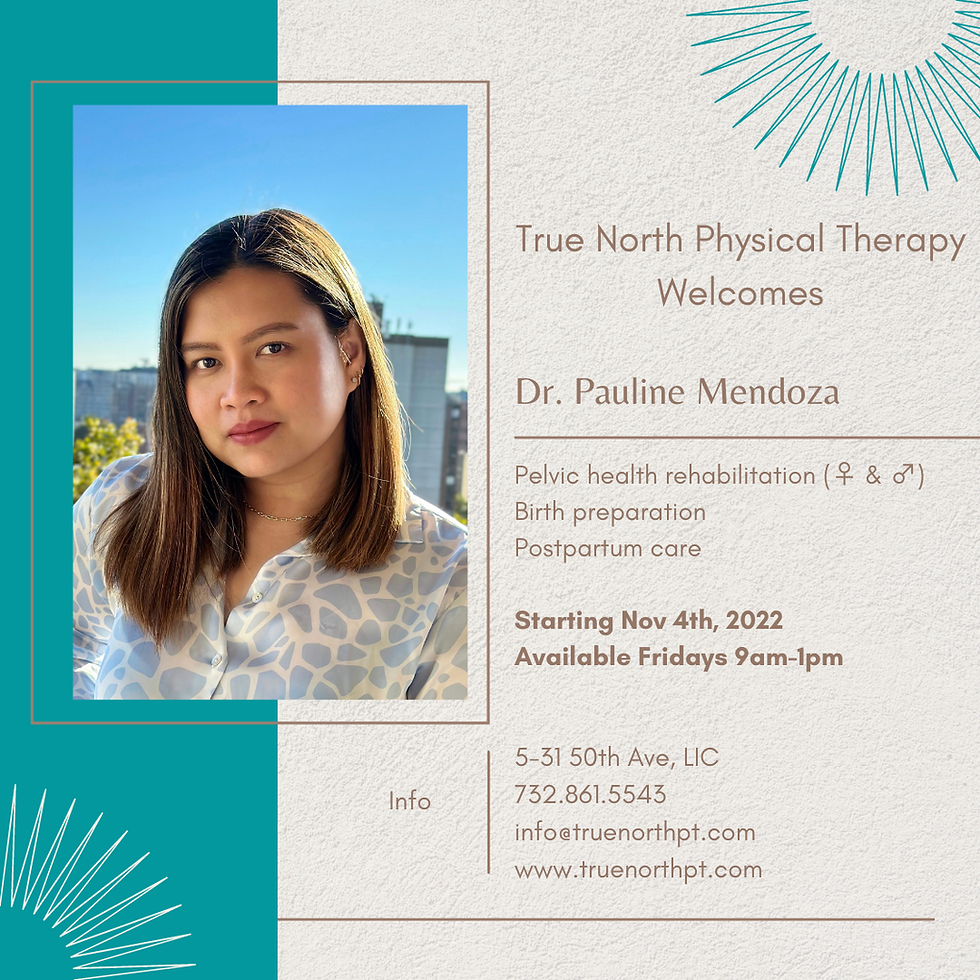Putting Your Best "Feet" Forward
- Sheherezad Dubash

- Mar 22, 2023
- 2 min read
If there were ever a part of your body that deserved some “love” it would be your feet. Most of us take our feet for granted, disregarding or overlooking pain and discomfort more readily than in most other parts of the body. We simply “grin and bear it” knowing that our feet will keep us moving forward! Ignoring pain in your feet, however, can lead to other more severe problems, notably in your ankles, hips, and lower back, causing negative consequences that can become too pronounced to ignore. As you do with other parts of your body, the best way to keep your feet flexible and strong is to do regular exercise. It is critical that your feet maintain their stability over your lifetime. Here are five exercises that can help keep your feet in good shape:
1. Tenting the Foot

Relaxed Foot

Tented Foot(notice arch of foot lift)
Tenting the foot is one of the best ways of strengthening the intrinsic muscles to hold the arch of your foot up, and you can do this exercise almost anywhere. I usually call this my “waiting for the subway” exercise. Where ever you are, all you need to do pull the bottom of your foot up while keeping the base of your big toe down (use a mirror for feedback until you get the technique), hold for a 5 seconds, release, and repeat.
2. Big Toe and All Other Toes Lifts


It sounds easier than it looks! Promotes greater control and mobility in your feet by doing this exercise. Pick up your big toe, leave all other toes down. Pick up all other toes, keep big toe down. Repeat.
3. Single Leg Balance

4 points of the foot Single leg balance Look Left Look Right
Balancing on one leg not only strengthens your ankle joint, it also helps with your balance and coordination, especially if you do this exercise on an unstable surface such as carpet or grass. Stand straight and lift one leg off the ground, find the 4 corners of your feet, equally balance your body weight equally across those 4 points of contact. Hold 30 seconds. Harder variation: try turning your head slowly from right to left (altering your visual field will make it harder)
4. Go Barefoot

Walking on an unstable or variable surface, especially on sand or grass, is very therapeutic for your feet. It helps develop proprioceptive feedback in your body to help you stabilize your body over different surfaces.
To see benefits of these exercises, it is recommended that do them regularly. Once you get started with a “foot routine” you should begin to feel your feet getting stronger, develop stability and mobility over time. If you have any medical conditions, be certain to check with a medical professional before starting these exercises.




Comments